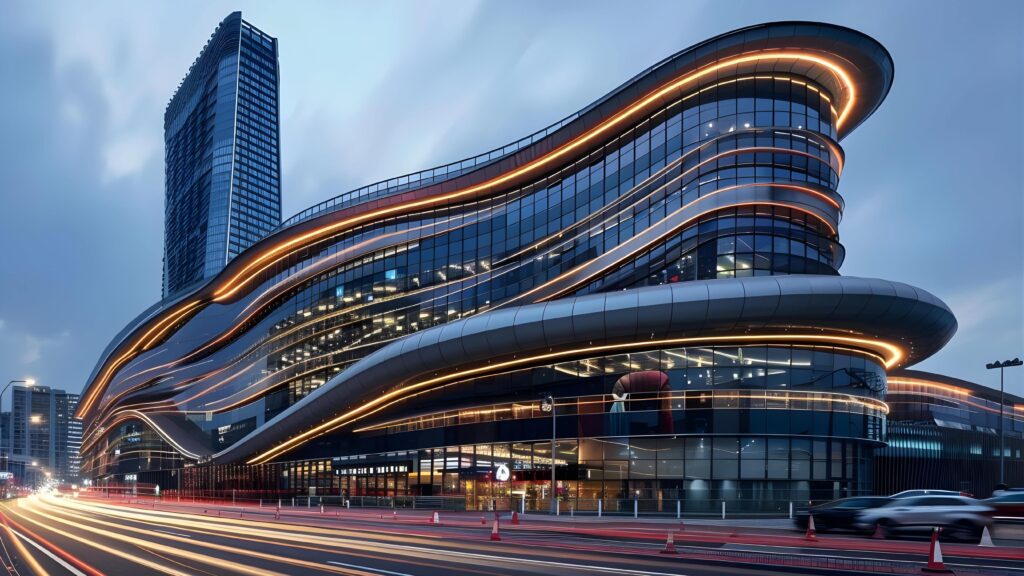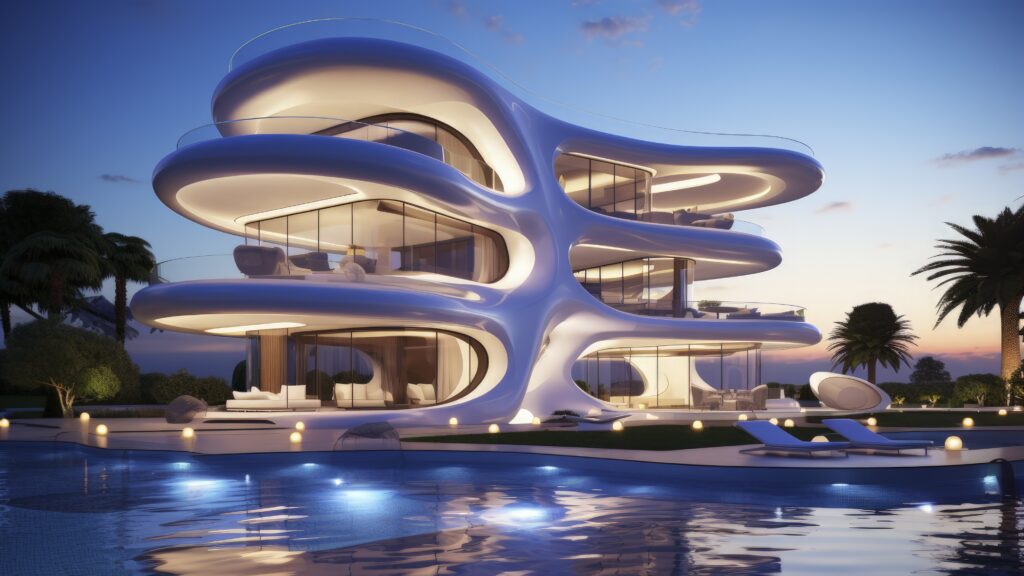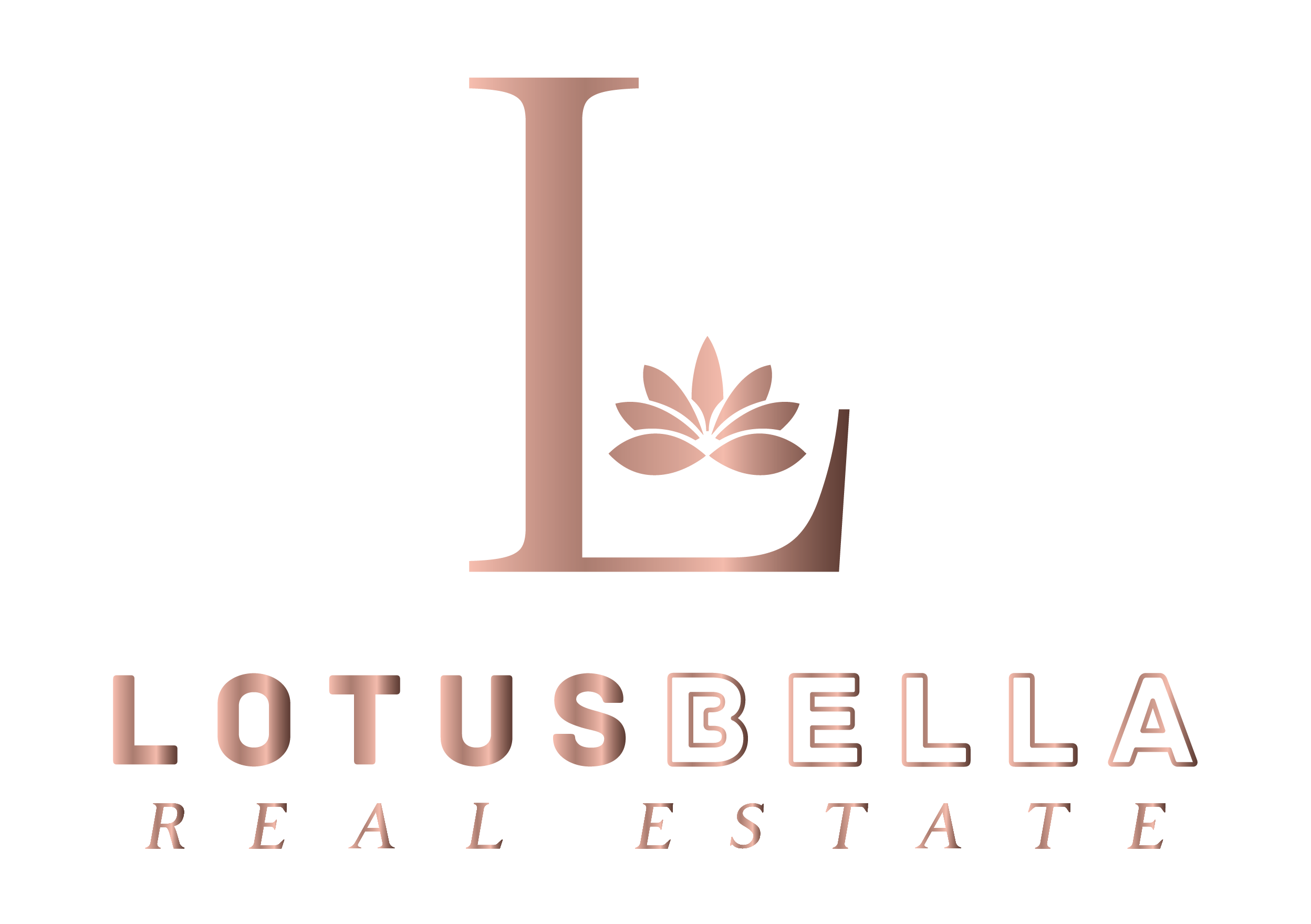A Bedouin Origin of Modern Curiosities: Change and Transformation of Architecture and Design in UAE
The last five decades mark the dramatic shift in the United Arab Emirates from its humble architectural landscape. What used to be composed of the most modest Bedouin homes and trading posts all being supported by the ancient wind towers is now a very different case of sprawling cities and gigantic skies touching the earth, in addition to brilliant designs. Developing continuously since the late 1980s, this evolution brings an interesting question: how did the UAE become one of the most identifiable architectural and technological hubs in the Middle East?
We will explore the catalysts behind the metamorphosis of the UAE architecture brought about by its own track history by focusing specifically on:
- Dubai's Cultural Legacy: Age-Old Barajeels and Traditional Architecture
- The Industrial Revolution's effects on UAE architecture
- The UAE's rise to prominence and the evolution of its art
- Abu Dhabi and Dubai's Iconic Modern Architecture: The Burj Khalifa and Beyond
Dubai's Cultural Legacy: Age-Old Barajeels and Traditional Architecture
To a great extent, Dubai's original architectural design used to be an imitation of ancient designs Islamic and desert-oriented designs; functionality took precedence over aesthetics. Traditional elements like arches and domes, as well as wind towers or Barajeels, adorn homes and public buildings in an aim for a practical solution in the desert climate. For instance, the Barajeel works as an air-conditioned system since it sucks in the cool air into the rooms.
Al Ahmadiya School, since its inception in 1912, stands as a quintessential symbol of traditional Emirati architecture that incorporates the features of courtyards and wind towers and ornate arches. The same league is run by Jumeirah Mosque, which depicts all-pervasive impingement of Fatimid style in the incorporation of large domes and arches that symbolises perfect harmony understood to have been found out between aesthetic design and environmental conditions.
These are inspirations to modern-day developments, such as Masdar City in Abu Dhabi, where sustainable design meets modern innovation.
.
The Industrial Revolution's effects on UAE architecture

The Industrial Revolution, that started in the mid-18th century, transformed the architectural practices of the rest of the world and, therefore, the UAE as well. The more the influence of the British moved deep into the Trucial States during this time, the more the UAE moved with the times, embracing modern construction materials such as concrete, steel, and glass, thereby signalling the end of conventional construction practices.
The discovery of oil in the 1960s introduced an era of rapid modernization, allowing for air-conditioned skyscrapers and vast urban infrastructures. This new wealth due to the exportation of oil initiated the construction of roads, ports, and landmarks, which defined the new architectural identity of the region.
The UAE's rise to prominence and the evolution of its art
Following around 150 years as the Trucial States, the seven sheikhdoms finally came together to form the United Arab Emirates. The oil and petroleum price boom in 1971, partly due to stringent Saudi Arabia energy policies at the time of their own independence in 1932, proved particularly serendipitous for the new state's economic and foreign policy initiatives. With petroleum revenues, the free economic zones, and concentrated investments in industry and agriculture, it was not a long time before the Emirates achieved significant economic prosperity especially in the tourism and the financial sectors.
The establishment of the UAE in 1971 marked off a cultural revival in the later 1970s and early 1980s, a period when artistic and architectural projects mushroomed all over the country.
Along with his wife Sheikh Fatima, the federation's first leader, Sheikh Zayed proved to be a very influential figure in the country's rapid development. In 1975, Sheikh Fatima founded the General Women's Union, pushing for women's social and economic status; and it inspired many of the sheikhs to create their own art centres, thus making venues for new ideas, innovative concepts, and cultural expression.
The 1979s had a series of cultural initiatives under the leadership of Emir Sheikh Sultan bin Muhammad Al-Qasimi, the emir of Sharjah that included a book fair and a theatre. During the same decade, major construction works had been concluded in the emirates that enriched both the traditional Islamic architecture and modern concepts with a symphony; such examples include the Al Jahili Fort in Al Ain and the Dubai World Trade Centre, both concluded in the year 1979.
That year also witnessed the establishment of the country's first art gallery, Majlis, by British expatriate and interior designer Allison Collins. Originally an early family villa in the historic Bastakiya district, bought in 1976, it gradually evolved into a space for the arts which attracted artists for exhibitions.
An informal idea developed over the years into a fully-fledged commercial gallery.
There was the Emirates Fine Arts Society (EFAS) established in 1980 in Sharjah by offering classes and regularly hosting annual exhibitions for its members and invited artists; this initiative ushered in a lot of artistic development and vibrant collaboration among creatively able creators.
A year later, the Cultural Foundation was opened under the visionary leadership of Sheikh Zayed in Abu Dhabi. It became the central point for arts and culture in the emirate, holding the first national library and being a cornerstone for cultural activities.
These early initiatives and institutions were very important in building the UAE art and architectural landscape, from which the landscape has since grown into such a diverse and dynamic cultural landscape, in a constant process of change to date.
Abu Dhabi and Dubai's Iconic Modern Architecture: The Burj Khalifa and Beyond


